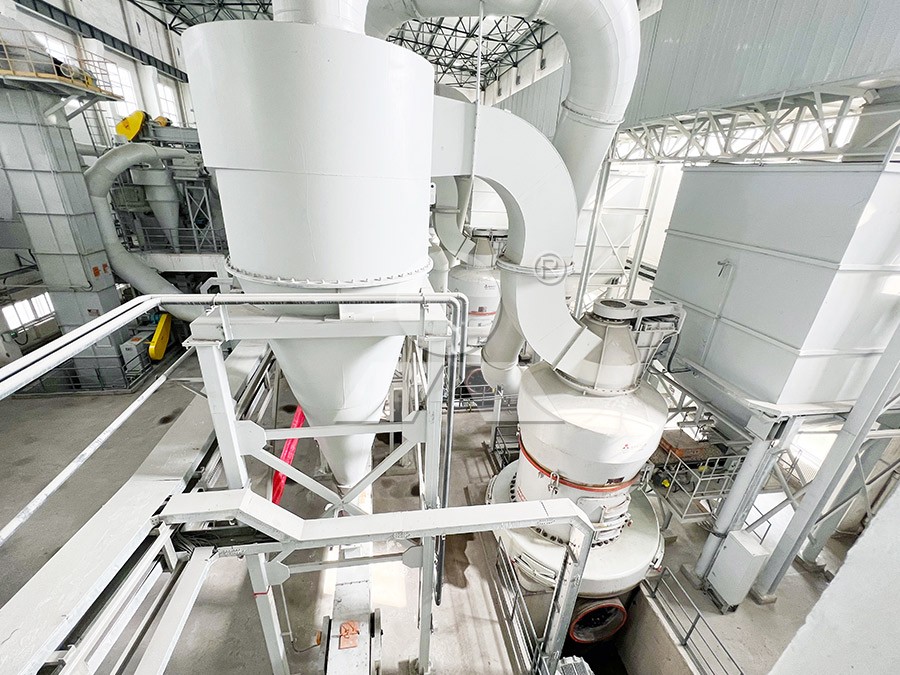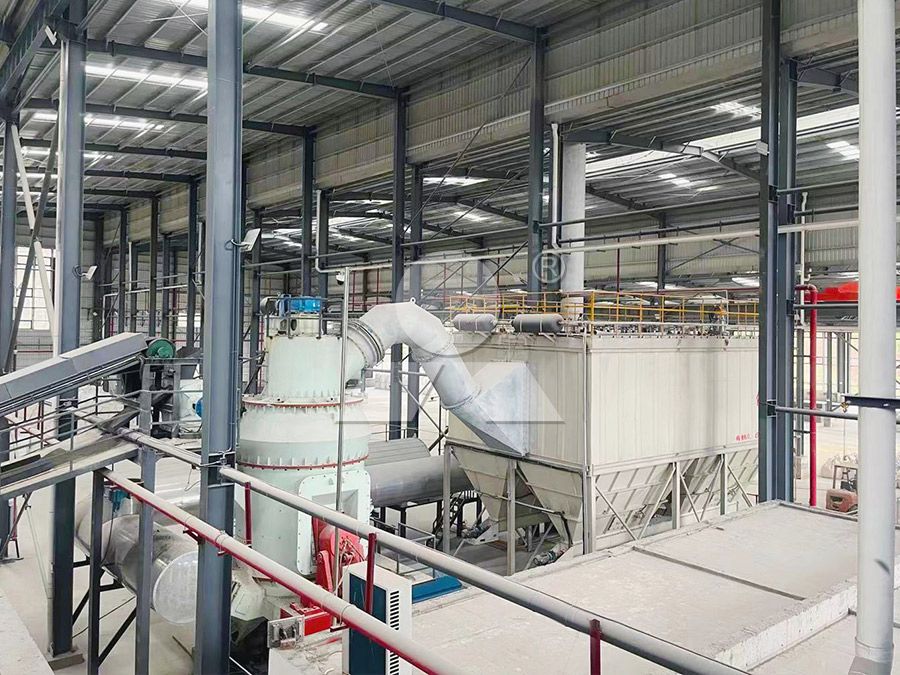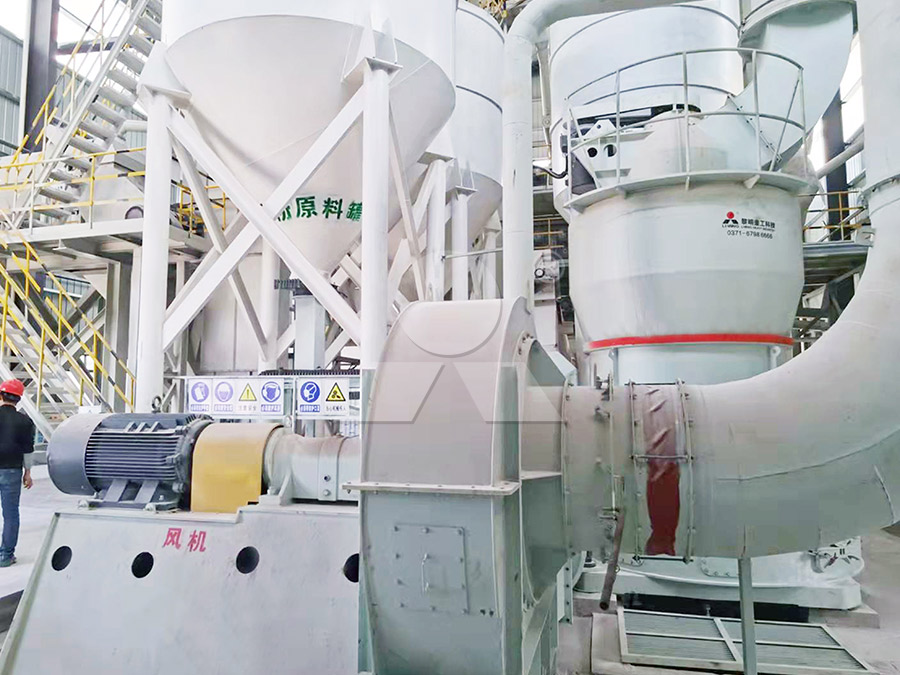Roller Mill Plant for Calcium Carbonate: Design, Cost & Process
We provide a wide range of mills — including Raymond mill, trapezoidal mill, vertical mill, ultrafine mill, and ball mill, obtained ISO9001 international quality certification, EU CE certification, and Customs Union CU-TR certification. Suitable for processing minerals such as limestone, phosphate, quicklime, kaolin, talc, barite, bentonite, calcium carbonate, dolomite, coal, gypsum, clay, carbon black, slag, cement raw materials, cement clinker, and more.
The discharge range of these mills can be adjusted to meet specific processing needs, typically from 80-400 mesh, 600-3250 mesh, and can achieve the finest particle size of up to 6000 mesh(D50).
If you are looking for a reliable grinding solution to turn stone or minerals into fine powder, please feel free to contact our online customer service.
Roller Mill Plant for Calcium Carbonate: Design, Cost & Process
Calcium carbonate (CaCO3) is one of the most versatile and widely used industrial minerals, finding applications in everything from plastics and paints to pharmaceuticals and construction materials. Processing this material into a fine, consistent powder requires specialized equipment, and roller mill plants have emerged as the industry standard for efficiency and quality. The design of such a plant is critical, impacting everything from the final product’s particle size distribution to the overall operational expenditure.

Key Design Considerations
A well-designed roller mill plant for calcium carbonate is more than just the grinding mill itself. It’s an integrated system that typically includes:
- Feed System: A hopper and vibrating feeder to ensure a consistent and controlled flow of raw material (0-20mm) into the mill.
- Grinding Core: The heart of the operation, where the actual size reduction takes place. The choice of mill is paramount.
- Classification System: A high-precision powder separator is essential for ensuring the target fineness (e.g., 325-2500 mesh) is achieved and oversize particles are returned for further grinding.
- Product Collection: Cyclone collectors and baghouse dust collectors to efficiently capture the final powder product.
- Dust Control & Noise Reduction: Integrated pulse jet dust collectors and mufflers are non-negotiable for modern, environmentally compliant plants.
- Control System: Automated PLC controls to monitor and adjust parameters like feed rate, grinding pressure, and classifier speed for optimal performance.
The Grinding Process: How It Works
The process begins with the crushing of large calcium carbonate rocks to a manageable size (typically below 20mm). This material is then elevated and fed into the grinding chamber of the roller mill. Inside, rotating rollers exert immense pressure on the material bed against a stationary ring, crushing and pulverizing the particles. The ground material is carried by an air stream generated by an internal fan to the integrated classifier. Here, fine particles that meet the specification pass through, while coarser particles are rejected and fall back to the grinding chamber for further processing. The final, fine powder is then separated from the air stream in the collection system.

Cost Factors and Operational Efficiency
The total cost of a roller mill plant is a combination of the capital investment (CAPEX) and operating expenses (OPEX). Key cost drivers include:
- Mill Capacity: Higher capacity units (e.g., 25 tph vs. 5 tph) command a higher price but offer a lower cost per ton.
- Energy Consumption: This is the single largest OPEX. Modern mills are designed for lower specific energy consumption. For instance, our MW Ultrafine Grinding Mill consumes up to 30% less energy compared to traditional jet mills, dramatically reducing operating costs.
- Wear Parts Longevity: The lifespan of grinding rollers and rings directly impacts maintenance downtime and spare parts costs. Mills designed with durable alloys and smart features that prevent metal-to-metal contact offer superior cost-efficiency over time.
- Automation Level: A higher degree of automation reduces labor costs and ensures consistent product quality with less human intervention.
For operations requiring ultra-fine powders with superior whiteness and low iron contamination, the LUM Ultrafine Vertical Grinding Mill is an exceptional choice. It integrates the latest grinding roller and powder separating technology, offering higher yielding rates and better product quality. Its unique reversible structure allows for easier and faster maintenance, significantly reducing potential downtime and associated losses.
Conclusion
Selecting the right roller mill plant is a strategic decision that affects product quality, profitability, and environmental compliance. A focus on energy-efficient design, robust construction, and advanced process control is essential. By choosing a system designed for higher yield, lower energy consumption, and worry-free operation—like our MW or LUM series mills—producers can secure a significant competitive advantage in the demanding calcium carbonate market.

